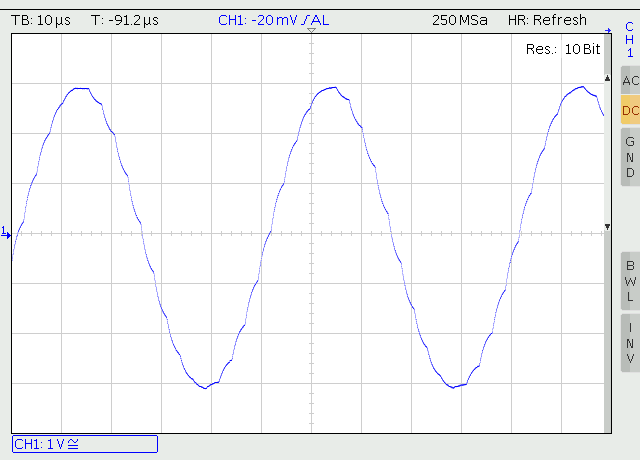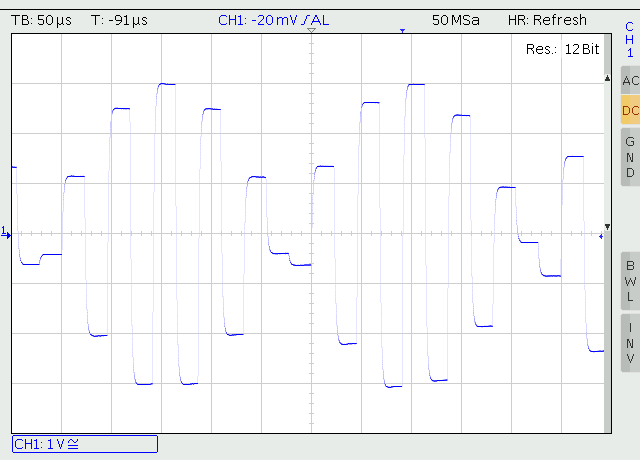John Phillips
pfm Member
Yes as @chartz writes, a TDA1541a chip will only convert 16 bits of Qobuz' 24. I assume the DAC does the truncation properly.Okay. So can you explain the relevance (primarily to the designer) of this: ‘Master USB device operating up to 384 kHz’? I’m a little confused as to why it matters with the 1541.
I have briefly perused the data sheet and AFAICS it is designed to work with the usual separate oversampling filter chips to enable a complete DAC to handle sample rates up to 384 kHz. So it looks like it can can convert Qobuz' 96 kHz in oversampling mode. In non-oversampling mode? I don't know.



